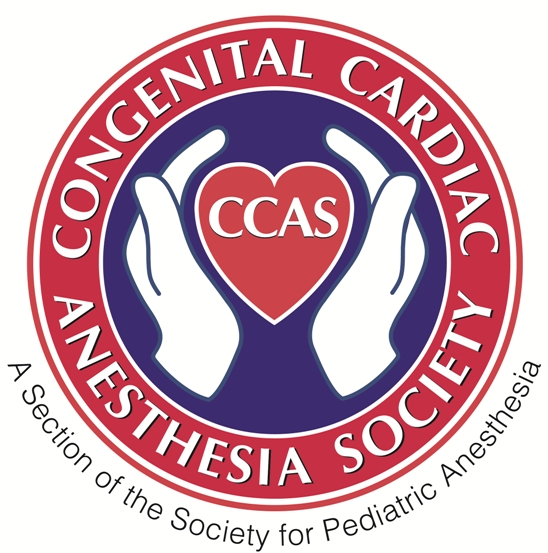Question of the Week 475
{“questions”:{“ifojw”:{“id”:”ifojw”,”mediaType”:”image”,”answerType”:”text”,”imageCredit”:””,”image”:””,”imageId”:””,”video”:””,”imagePlaceholder”:””,”imagePlaceholderId”:””,”title”:”Authors: Meera Gangadharan, MBBS, FAAP, FASA – University of Texas Health Science Center at Houston\/McGovern Medical School, Houston, TX AND Destiny F. Chau, MD -Arkansas Children\u2019s Hospital\/University of Arkansas for Medical Sciences, Little Rock, AR \r\n\r\nA 5-year-old boy presents for urgent needle pericardiocentesis under ultrasound guidance. He has a pericardial effusion with signs of tamponade […]
Question of the Week 474
{“questions”:{“60trt”:{“id”:”60trt”,”mediaType”:”image”,”answerType”:”text”,”imageCredit”:””,”image”:””,”imageId”:””,”video”:””,”imagePlaceholder”:””,”imagePlaceholderId”:””,”title”:”Authors: Meera Gangadharan, MBBS, FAAP, FASA – Children\u2019s Memorial Hermann Hospital, McGovern Medical School, Houston, TX AND Destiny F. Chau, MD – Arkansas Children\u2019s Hospital\/University of Arkansas for Medical Sciences, Little Rock, AR \r\n\r\nA 15-year-old boy palliated with the Fontan procedure has a history of plastic bronchitis refractory to maximal medical treatment. A diagnostic cardiac […]
Question of the Week 473
{“questions”:{“ibb1f”:{“id”:”ibb1f”,”mediaType”:”image”,”answerType”:”text”,”imageCredit”:””,”image”:””,”imageId”:””,”video”:””,”imagePlaceholder”:””,”imagePlaceholderId”:””,”title”:”Author: Sana Ullah, MB, ChB, FRCA – Children\u2019s Medical Center, Dallas, TX \r\n\r\nA previously healthy 14-year-old girl is undergoing evaluation for pulmonary hypertension due to a strong family history. Which of the following gene mutations is MOST likely to be present in this patient?”,”desc”:””,”hint”:””,”answers”:{“mdeo1”:{“id”:”mdeo1″,”image”:””,”imageId”:””,”title”:”A. JAG1″},”43x7a”:{“id”:”43x7a”,”image”:””,”imageId”:””,”title”:”B. BMPR2″,”isCorrect”:”1″},”si9w3″:{“id”:”si9w3″,”image”:””,”imageId”:””,”title”:”C. PTPN11″}}}},”results”:{“m9iyu”:{“id”:”m9iyu”,”title”:””,”image”:””,”imageId”:””,”min”:”0″,”max”:”1″,”desc”:””,”redirect_url”:”https:\/\/ccasociety.org\/wp-content\/uploads\/2024\/05\/CCAS-QOW-Posted-5-9-2024.pdf”}}}
Question of the Week 472
{“questions”:{“kadbs”:{“id”:”kadbs”,”mediaType”:”image”,”answerType”:”text”,”imageCredit”:””,”image”:”https:\/\/ccasociety.org\/wp-content\/uploads\/2024\/05\/CCAS-Graphic-522024.jpg”,”imageId”:”7313″,”video”:””,”imagePlaceholder”:””,”imagePlaceholderId”:””,”title”:”Authors: JE Elliott, MD, Dept of Anesthesiology, Critical Care and Pain Medicine, University of Texas Health Science Center at Houston\/McGovern Medical School, Houston, TX AND\r\nM Gangadharan, MBBS, FAAP, FASA, Dept of Anesthesiology, Critical Care and Pain Medicine, University of Texas Health Science Center at Houston\/McGovern Medical School, Houston, TX \r\n\r\nA three-day-old boy with significant cardiomegaly […]
Question of the Week 471
{“questions”:{“og24v”:{“id”:”og24v”,”mediaType”:”image”,”answerType”:”text”,”imageCredit”:””,”image”:””,”imageId”:””,”video”:””,”imagePlaceholder”:””,”imagePlaceholderId”:””,”title”:”Authors: Fernando Cuadrado, MD – Cincinnati Children\u2019s Hospital Medical Center, Cincinnati, OH and\r\nDestiny F. Chau, MD – Arkansas Children\u2019s Hospital\/University of Arkansas for Medical Sciences, Little Rock, AR \r\n\r\nA 7-year-old boy with a history of pulmonary arterial hypertension treated with sildenafil and ambrisentan presents for cardiac catheterization. After induction of anesthesia, the blood pressure decreases […]
